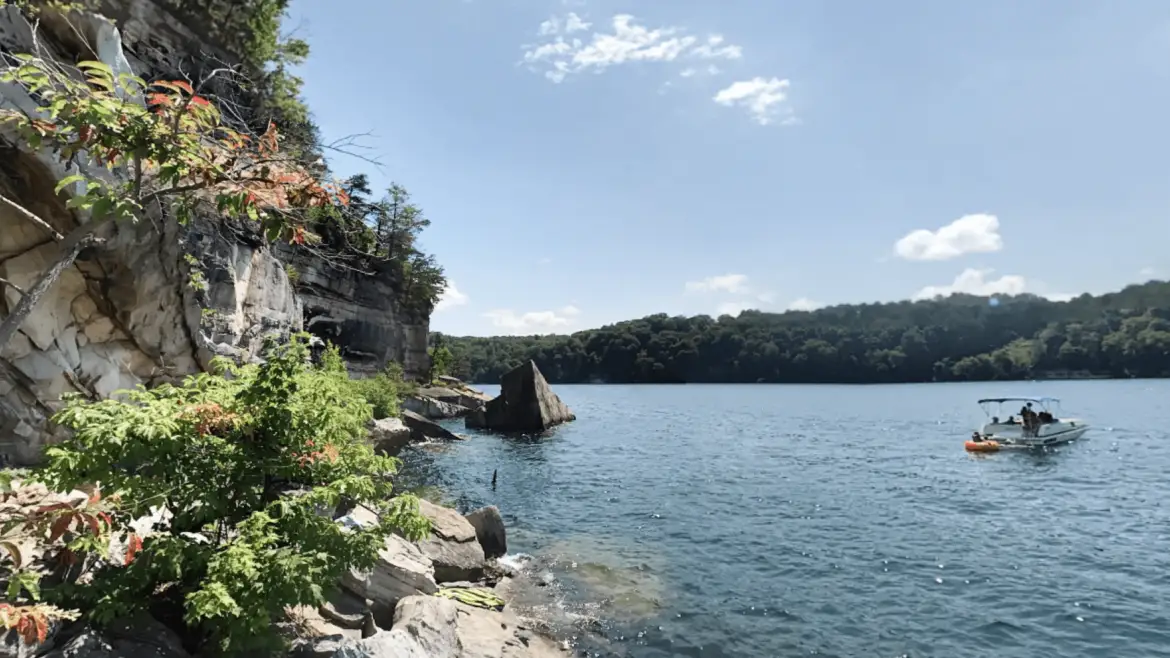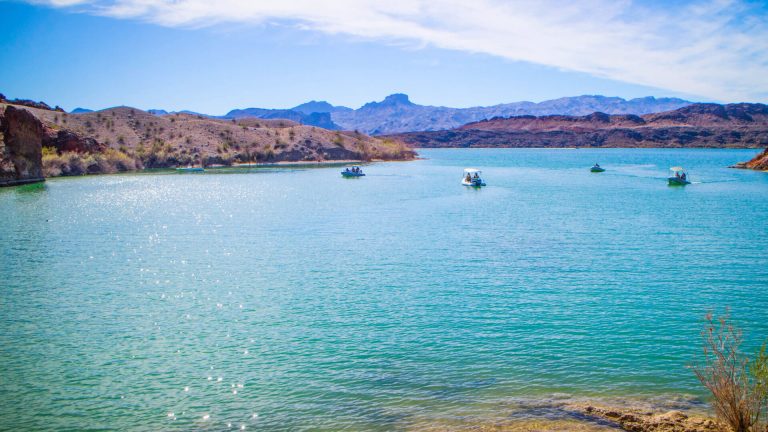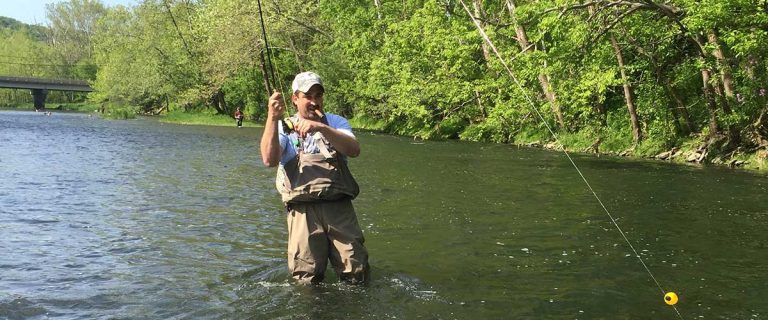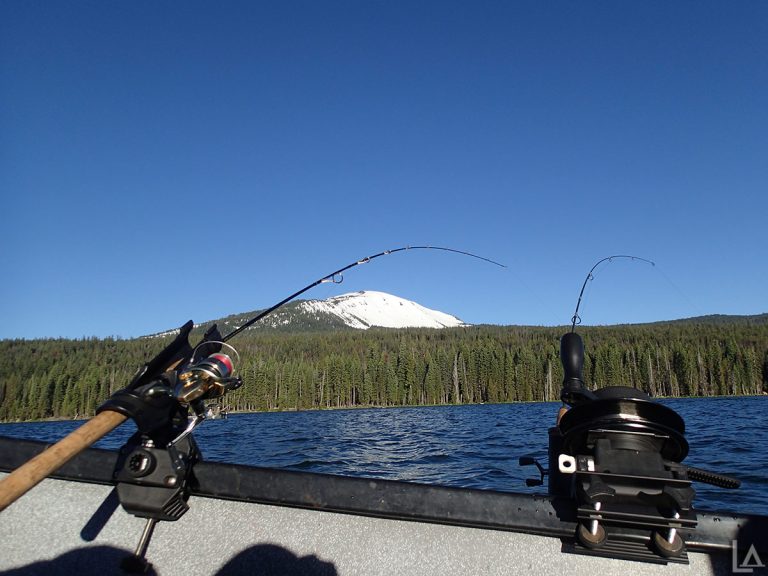The New River Gorge offers some of the most spectacular fishing opportunities in the eastern United States. Flowing through dramatic landscapes of West Virginia, this ancient waterway harbors diverse fish populations including prized smallmouth bass, muskie, walleye, and catfish. Whether you’re planning your first fishing expedition or returning to these storied waters, understanding license requirements and access points is essential for a successful outing.
West Virginia Fishing License Requirements
All anglers fishing the New River Gorge must possess a valid West Virginia fishing license. The West Virginia Division of Natural Resources (WVDNR) offers several license options to accommodate both residents and visitors.
Resident License Options
- Annual Fishing License: $19-23 (depending on additional stamps)
- Senior License (65+): $6
- Lifetime License: $805 (one-time payment)
- Trout Stamp: $10 (required if fishing for trout)
Non-Resident License Options
- Annual Fishing License: $37-41
- 3-Day Tourist License: $19
- 1-Day License: $10
- Trout Stamp: $16 (required if fishing for trout)
You can purchase your West Virginia fishing license online through the West Virginia DNR website, at US Fishing Licenses for convenient processing, or in person at local sporting goods stores, bait shops, and some convenience stores throughout the state.
Important regulations to know include special slot limits for bass (14-22″ protected size) and strict muskie restrictions (1 per day, with seasonal size limits of 40-48″ protected June–February and fish under 48″ prohibited March–May). Additional trout tags are required for designated streams like Mill Creek.
New River Gorge Access Points
The New River Gorge National Park offers numerous access points for anglers, ranging from developed boat launches to primitive trails leading to secluded fishing spots.
Top Public Access Areas
| Access Point | Features | Best For | GPS Coordinates |
|---|---|---|---|
| Tug Creek Beach | Parking, restrooms, boat ramp | Bank fishing, boat launch | 37.976, -80.889 |
| Brooks Falls | Trail access, rapids | Wading, smallmouth | 37.882, -80.991 |
| Meadow Creek | Parking, boat ramp | Float trips, walleye | 37.865, -81.031 |
| Sandstone Falls | Boardwalk, accessible fishing | Family fishing, views | 37.794, -80.898 |
| Glade Creek | Primitive access | Secluded fishing | 37.982, -81.046 |
Prime Fishing Zones
Sandstone Dam to Brooks Falls presents ideal conditions for wading and bank fishing, with numerous pools and eddies that hold impressive smallmouth bass. This 8-mile stretch features moderate current and good roadside access.
Shanklin’s Ferry to Cedar Branch is a popular float section featuring Class III rapids and deep pools that harbor trophy-sized muskie and walleye. This 12-mile section requires boating experience or a guide service.
“Always respect private property boundaries along the river. Although the waterway itself is public, much of the surrounding land is privately owned. Always obtain permission before crossing or fishing from private property.” – National Park Service guideline
For a detailed map of all access points, visit the New River Gorge National Park website.
Fish Species and Fishing Strategies
The New River supports diverse fish populations, each requiring specific tactics and gear for successful angling.
Smallmouth Bass
The river’s signature species, smallmouth bass thrive throughout the New River Gorge with excellent numbers and trophy potential. These hard-fighting fish are most active from June through September.
Recommended gear:
- Medium spinning or baitcasting equipment (6-7 foot rods)
- 8-10 lb test line
- Soft plastic crayfish imitations
- Topwater lures during summer months
- Small swimbaits in natural colors
Prime locations: Rocky points, submerged ledges, and current breaks near deep pools. The section between Hinton and Sandstone offers particularly consistent action.
Muskie
The New River harbors a growing population of muskie, offering anglers the chance to catch these elusive predators without the pressure found on more famous muskie waters.
Recommended gear:
- Heavy-duty rods (7-9 foot)
- 80 lb test braided line with wire leaders
- Large glide baits and jerk baits (8-12 inches)
- Heavy-duty landing net
Prime locations: Deep pools below rapids, particularly in the lower gorge sections. Fall and early spring provide peak feeding activity.
Additional Species
- Walleye: Best December through March in deep, slow pools
- Catfish: Channel and flathead catfish reach impressive sizes, particularly in the deeper sections below Fayette Station
- Rock Bass: Abundant throughout, providing consistent action when larger species are inactive
- Bluegill and Sunfish: Common in backwaters and protected coves
Seasonal Considerations and Best Times
Fishing success on the New River varies significantly by season, with each period offering distinct advantages.
Spring (March-May)
The pre-spawn period from late March through April brings aggressive feeding activity as fish prepare for reproduction. Water levels can be high and turbid after spring rains, so focus on protected eddies and slower sections. This is prime time for trophy muskie.
Summer (June-August)
Summer offers the most reliable fishing conditions with stable water levels and predictable fish patterns. Early morning and evening provide peak activity periods for bass, while catfish feed actively at night. Midday success improves by targeting shaded areas and deeper holes.
Fall (September-November)
Fall brings cooling water temperatures and increased feeding activity as fish build reserves for winter. The changing colors of the gorge’s foliage create spectacular scenery. Water levels typically drop, concentrating fish in deeper pools and making wading easier in many sections.
Winter (December-February)
While more challenging, winter offers solitude and opportunities for walleye and muskie. Focus on the slowest, deepest sections and fish methodically with live bait or slow-moving lures. Always prioritize safety during cold-weather fishing.
Safety Information
The New River presents several safety challenges that anglers should prepare for before their trip.
River Hazards
- Swift currents can develop quickly, especially after rainfall
- Submerged rocks and ledges pose wading dangers
- Rapid water level changes may occur downstream from dams
- Limited cell service in many areas of the gorge
Safety Recommendations
- Always wear a life jacket when boating or wading
- File a float plan with someone not on your trip
- Carry basic emergency supplies, including first aid kit and flashlight
- Check water release schedules from upstream dams before your trip
- Consider guided services if unfamiliar with the river
For current river conditions and safety alerts, check the USGS Water Data page for New River monitoring stations.
Conservation and Regulations
The New River ecosystem depends on responsible angling practices and adherence to regulations.
Catch and Release Recommendations
While not mandatory throughout the river, catch and release is encouraged for preserving fish populations, especially for:
- Bass over 18 inches
- All muskie (unless targeting a legitimate trophy)
- Walleye during spawning season
Special Regulations
Some sections of the New River and its tributaries have special regulations that differ from statewide rules. Before fishing, verify the current regulations through the West Virginia Fishing Regulations page.
Guided Fishing Options
For those unfamiliar with the New River or seeking expert knowledge, several professional guide services operate in the region.
Recommended Guide Services
- New River Fishing Guides: Specializing in smallmouth bass trips
- Wild River Outfitters: Full-day and half-day guided fishing adventures
- Mountain State Anglers: Family-friendly guided experiences
Most guides provide all necessary equipment, local knowledge, and often lunch for full-day trips. Rates typically range from $300-500 per day depending on group size and trip duration.
Conclusion
The New River Gorge offers world-class fishing opportunities in a spectacular setting. By understanding license requirements, access points, and seasonal patterns, anglers can experience some of the finest river fishing in the eastern United States. Whether targeting trophy smallmouth, elusive muskie, or just enjoying a day on the water, proper preparation ensures a safe and successful fishing adventure.
For more information about fishing licenses in West Virginia and other states, visit US Fishing Licenses for up-to-date requirements and online purchasing options.







